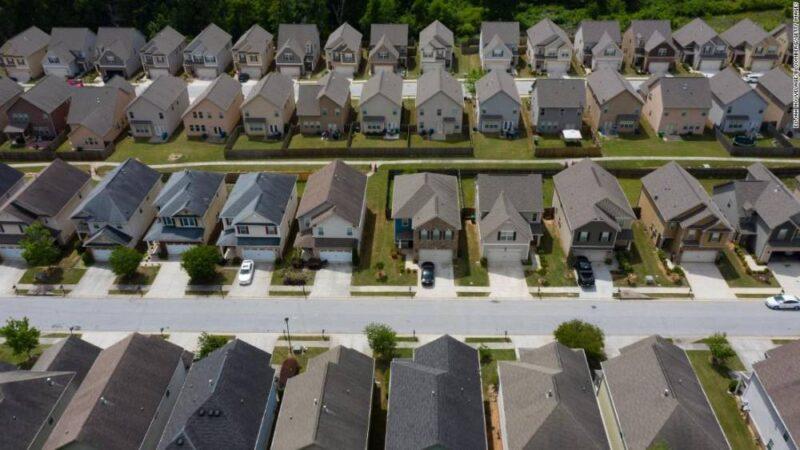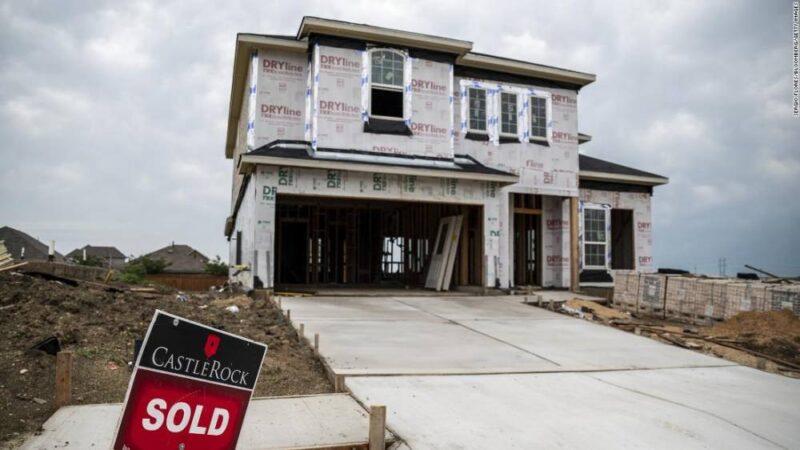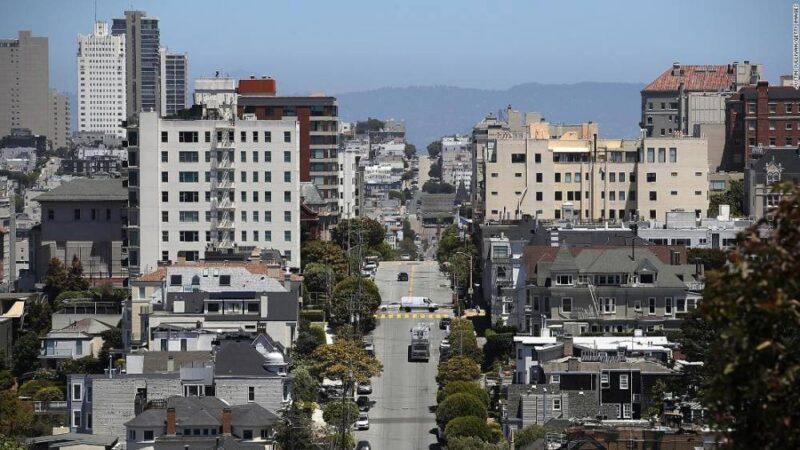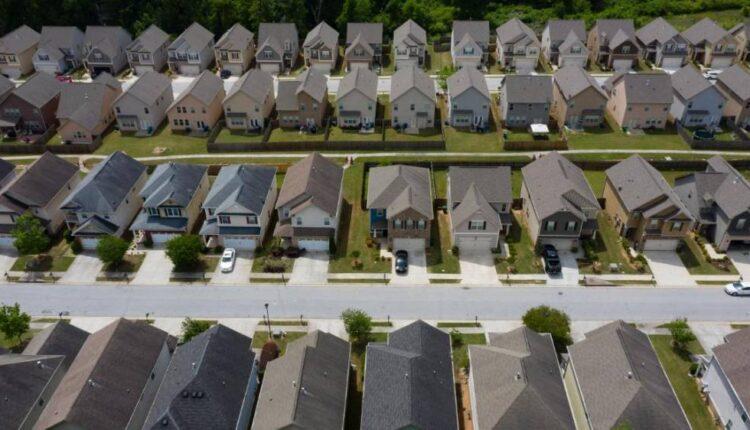New York (CNN Business)Home prices are climbing at the fastest pace in history, eclipsing even the boom in the days leading up to the Great Recession. Bidding wars have become common, many are forced to pay all cash and some bids are coming in $1 million over asking.
It’s all sparking fears that the United States is in the middle of another housing bubble that will end in a terrible crash. Industry executives and economists agree this explosion in home values is unsustainable, as home prices can’t go up 20% year-over-year forever.Yet today’s housing market is very different from the mid-2000s bubble that wrecked the economy.
Unlike then, there is currently a massive shortage of homes and home builders are being very cautious about adding new supply.

Many homebuyers are dropping out of the marketThe other key difference is that banks, home buyers and regulators appear to have learned a painful lesson about the pitfalls of overborrowing.Read More”In some ways this is an even hotter housing market than before the Great Recession,” said Aneta Markowska, chief economist at Jefferies. “But the risk of this turning into a bubble is much lower.”Economists at Bank of America concede that home prices may correct lower in some markets in the short to medium term. Still, the bank told clients in a recent note that a “hard landing is unlikely” this time around.
‘We have a housing shortage’
Of course, Bank of America acknowledged that “bubbles are notoriously difficult to identify in real time.” They only become obvious in hindsight. That’s what makes them bubbles.Still, today’s supply situation is the opposite of the glut in building 15 years ago: Back then, there was a massive overbuilding problem. At the peak, around 2 million homes were being built per year, compared with just 1.6 million today.
“Ultimately, we ended up with excess supply. That’s what caused the market to crash,” said Markowska. As of the end of June, there were just 1.25 million existing homes for sale. That’s down almost 19% from a year ago. At the current pace, it equates to just 2.6 months of supply, or less than half of the six months viewed as a balanced market.”We have a housing shortage. In shortages, prices don’t decline,” said Lawrence Yun, chief economist at the National Association of Realtors. The median price for an existing home hit a record $363,300 in June, up 23% over the prior 12 months.
Preventing a boom-bust scenario
The good news is there are signs the housing market is self-correcting as a result of these heady price gains.New home sales unexpectedly declined in June to the weakest pace since April 2020, according to data released Monday, marking the third straight month of declines. Existing home sales declined for four months in a row before inching higher in June.

The housing market is on fire. The Fed keeps adding gasoline”Some buyers are simply being priced out,” said Yun.Instead of paying what they view as unreasonable prices, some prospective home buyers are deciding to wait on the sidelines and rent.”This may be a blessing in disguise,” said Markowska of Jefferies, pointing out that home prices may be able to cool off as inventories rise. “It elongates the housing cycle and prevents a boom-bust dynamic.”
NINJA loans are out of style
The other crucial difference between today and the mid-2000s is that borrowing hasn’t gotten out of hand, at least not yet.JPMorgan Chas (JPM)e CEO Jamie Dimon told lawmakers at a hearing in late May that although there is a “little bit of a bubble in housing prices,” the lending situation is much stronger today.”Unlike in ’08 and ’09, when there was tremendous leverage and bad mortgage underwriting, there is not much leverage and much better mortgage underwriting,” Dimon said.Demand for housing was artificially driven up during the last boom by the fact that some people with little or no income were able to get mortgages. The federal government cracked down on so-called NINJA loans (no income, no job, no assets) after the subprime crisis.”Lenders are being much more responsible this time around,” said PNC chief economist Gus Faucher, referring to the industry at large. “We haven’t seen a return to the no documentation and no down payment loans. That will help prevent a crash.”
The risk of fire sales is lower
Many homeowners with adjustable rate mortgages (ARMs) were hurt when their borrowing costs rose as the Federal Reserve raised interest rates beginning in 2004. Fed rate hikes today could slow down the housing market by making mortgages more expensive for prospective buyers. But very few borrowers would be forced to pay more for existing mortgages. That’s because just 2% of outstanding securitized mortgage debt is under adjustable rate mortgages, according to Bank of America. That’s down sharply from 21% in 2006.

Minimum wage workers can't afford rent anywhere in AmericaHomeowner balance sheets are also in a much stronger place today.Mortgage debt as a percentage of disposable income peaked at more than 7.2% in late 2007, according to the Federal Reserve. That closely watched metric of leverage stood at just 3.45% in early 2021.
This is crucial because excessive leverage is what allowed the bursting of the mid-2000s housing bubble to spiral out of control.”Less leverage means household balance sheets are better positioned to handle a decline in house prices,” Bank of America economists wrote. “Therefore we are unlikely to see a wave of defaults, leading to fire sales.”
Source: edition.cnn.com

